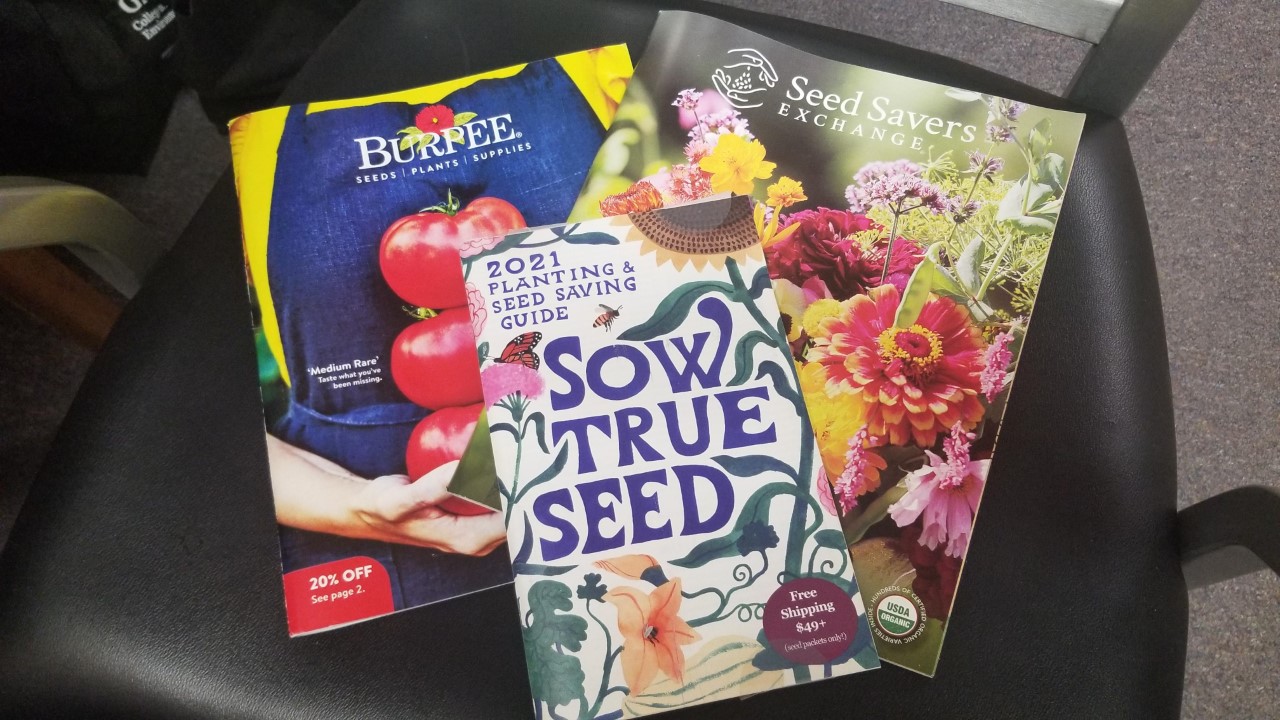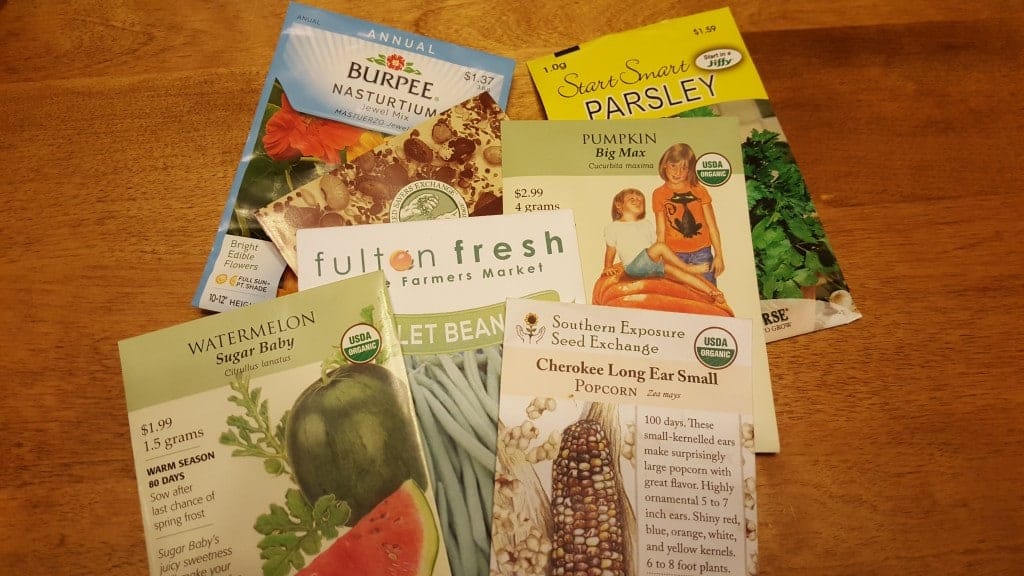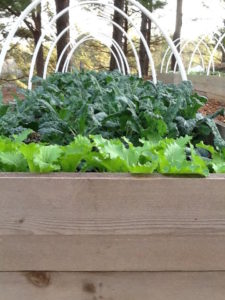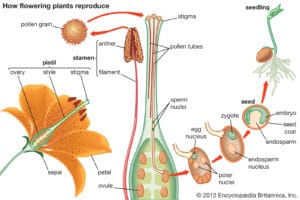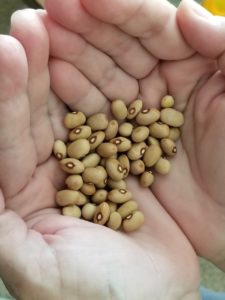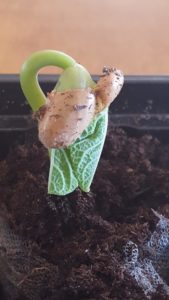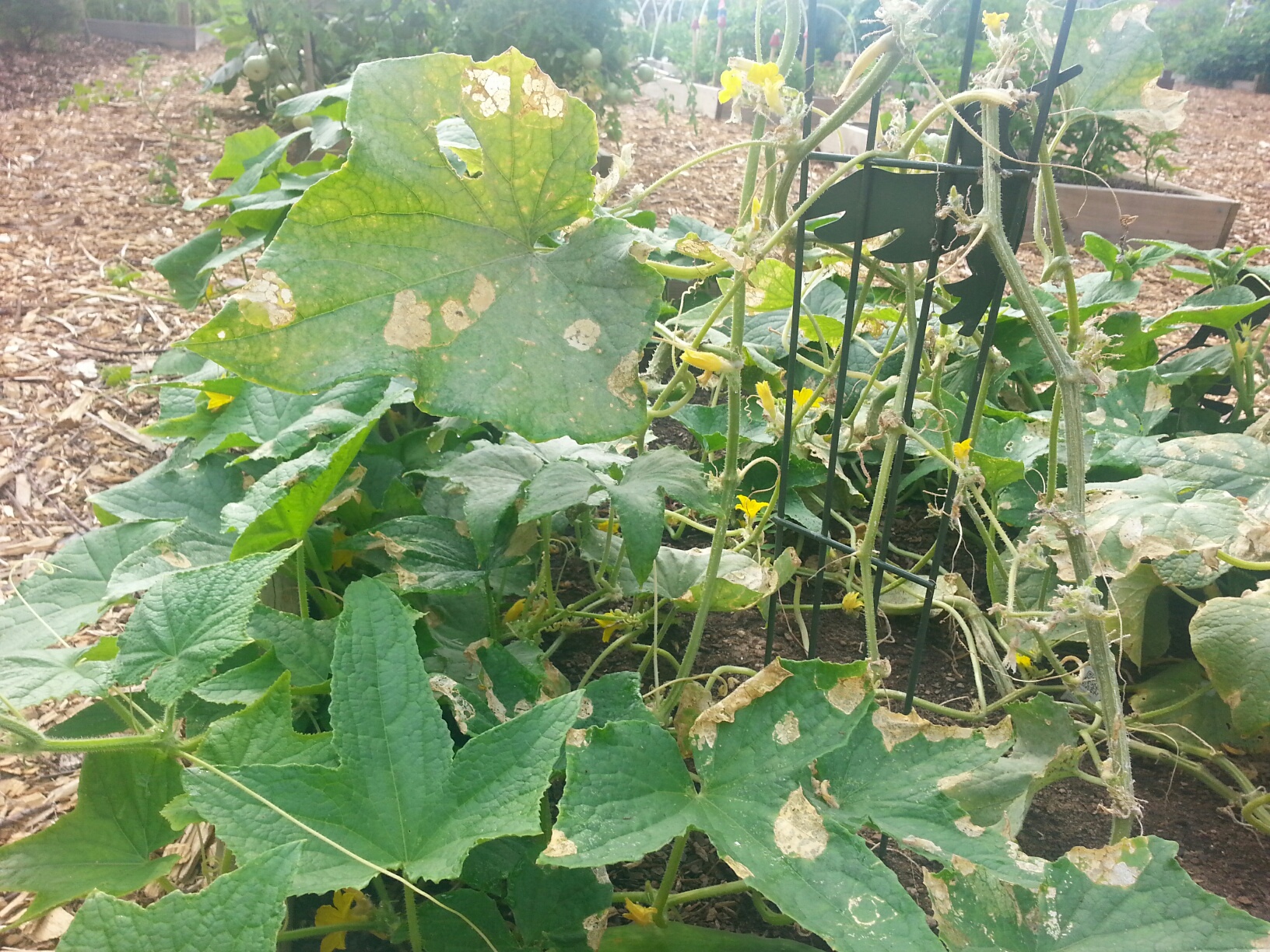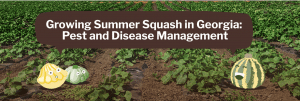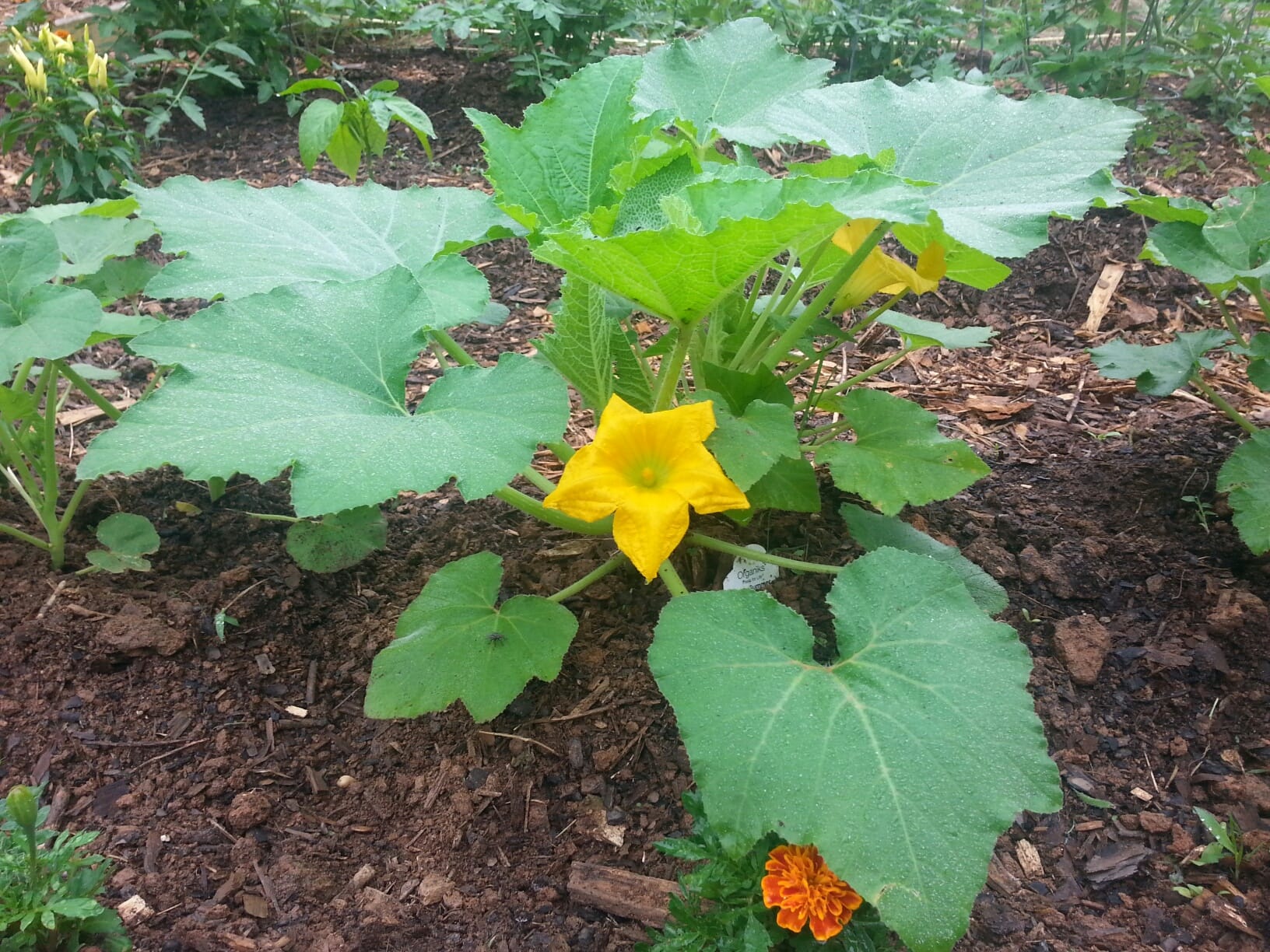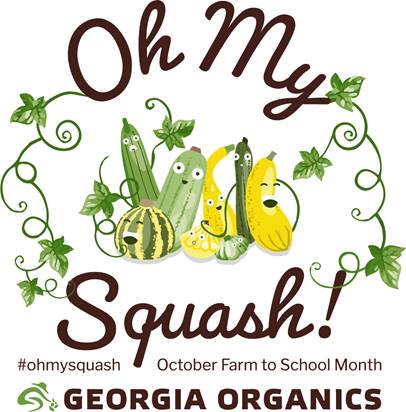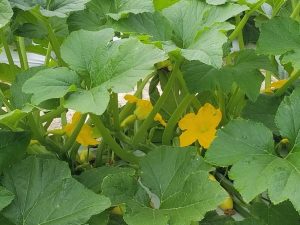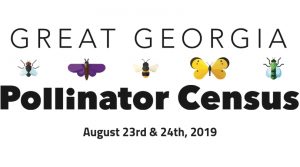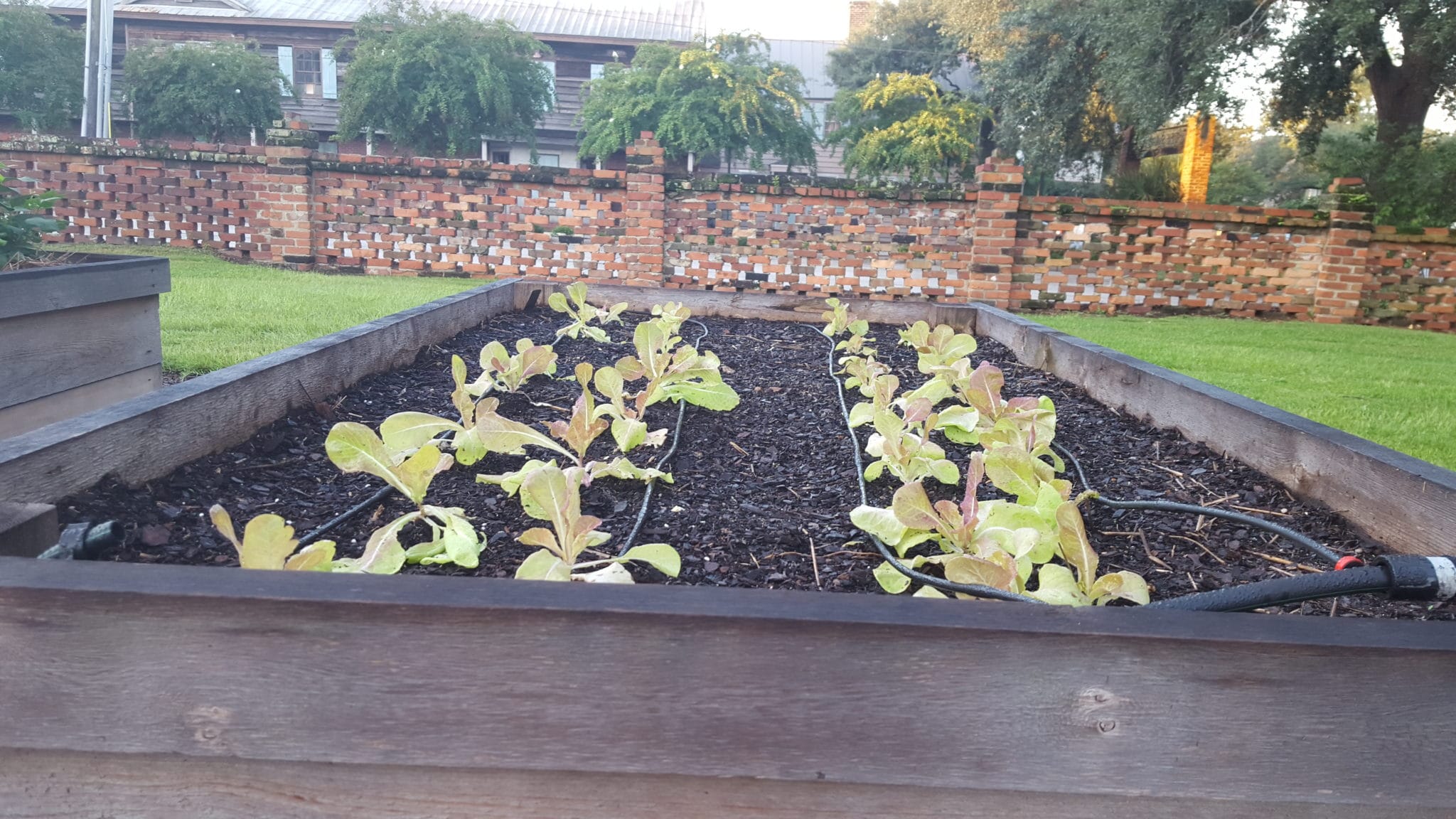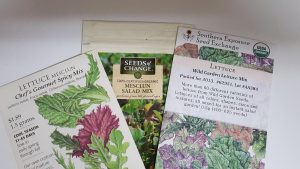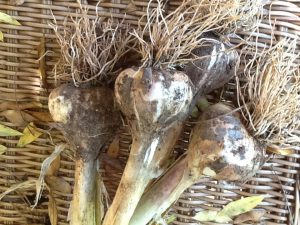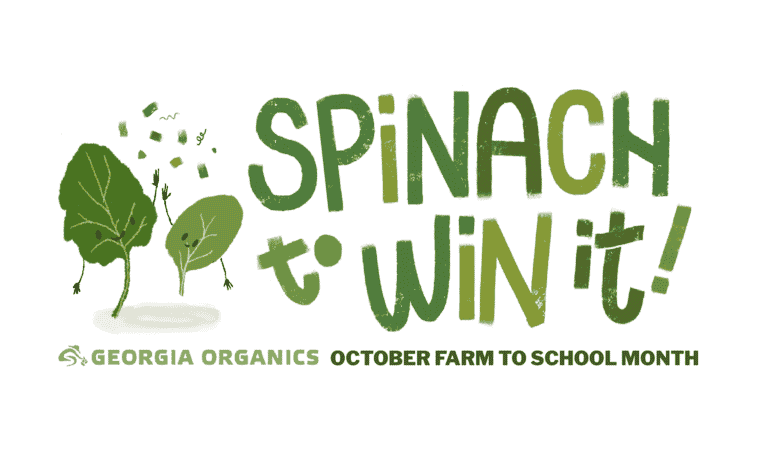
The 2022 October is Farm to School Month campaign Spinach to Win it is now live, meaning folks can start signing up to participate! Spinach to Win It is a state-wide celebration to get kids eating, growing, and participating in Spinach-themed activities. University of Georgia Extension is a proud partner of the Farm to School Alliance.
To participate in Spinach to Win it at your school, home, early care center, or in your community, visit bit.ly/spinachtowinit and sign up. Participants will receive free electronic resources to help plan and implement activities. Resources include standards-based lesson plans, fact sheets, recipes, and more.
The first 300 people to sign-up will have the option to receive a free packet of spinach seeds, washable spinach tattoos, and a Georgia Planting and Harvest Calendar for school gardens.
Share your Spinach to Win it pictures and activities on social media with #spinachtowinit. Each week during October, anyone who uses this hashtag will be entered to win a prize and at the end of the month there will be a grand prize winner.
Questions? Visit https://farmtoschool.georgiaorganics.org/frequently-asked-questions or email kimberlykoogler@georgiaorganics.org. If you have questions about growing spinach in your school garden, contact your local UGA Extension Agent.

